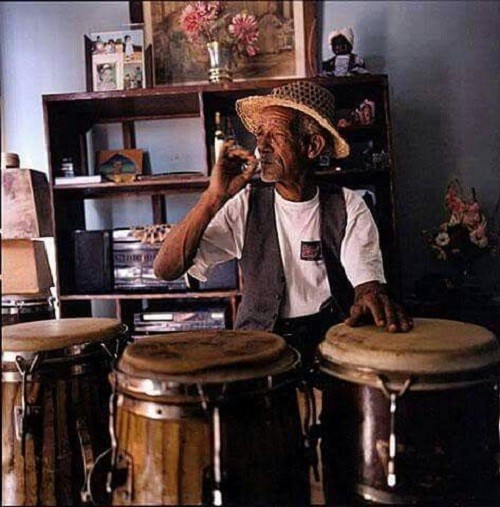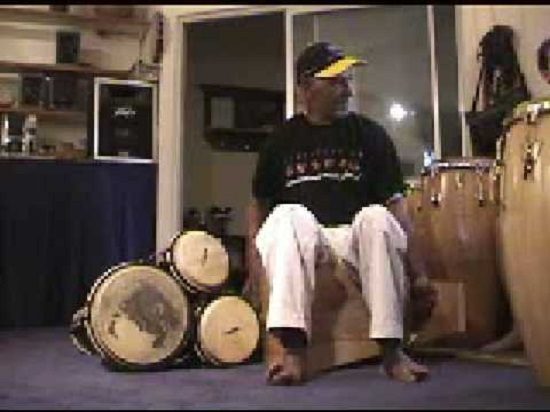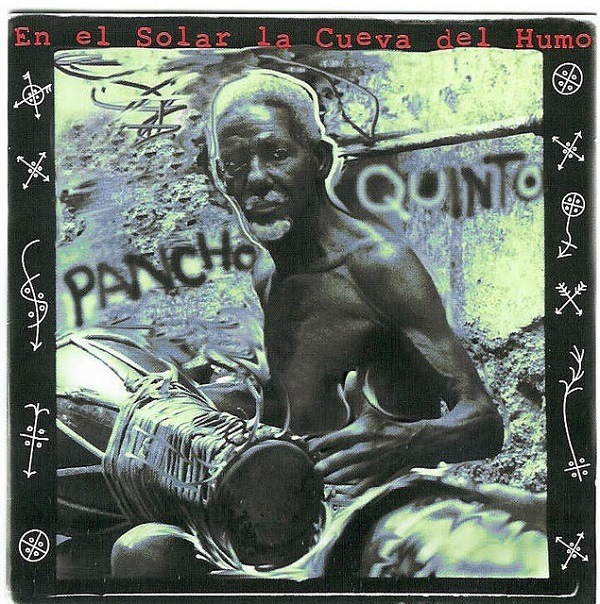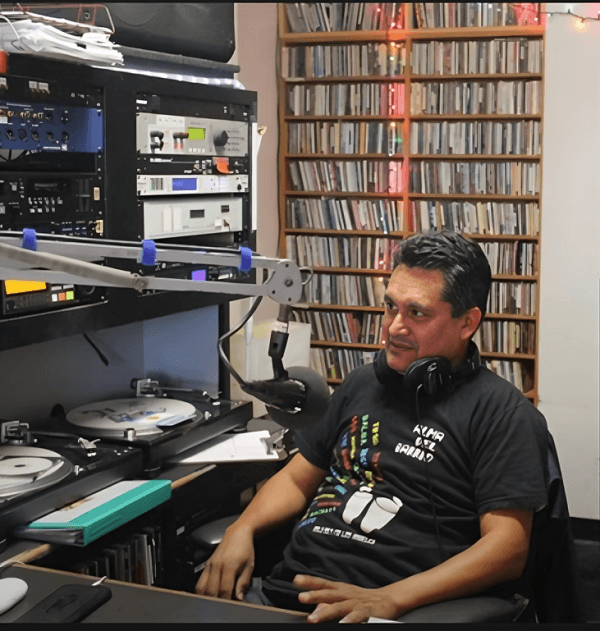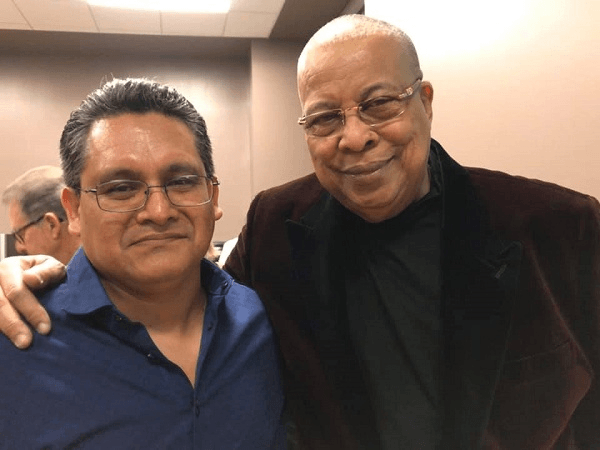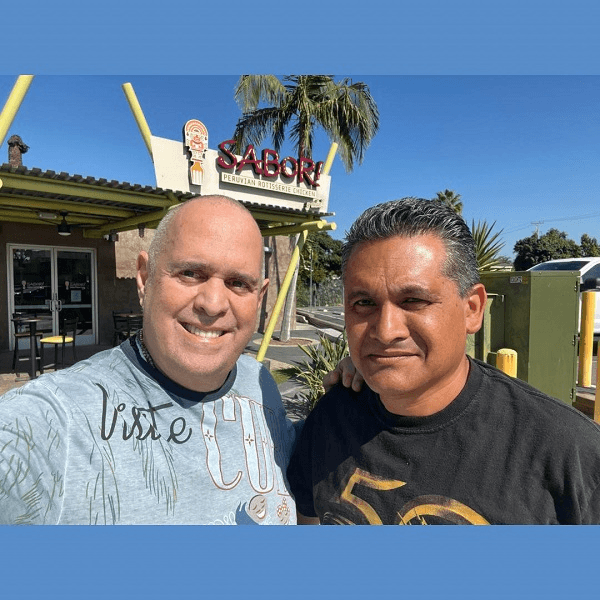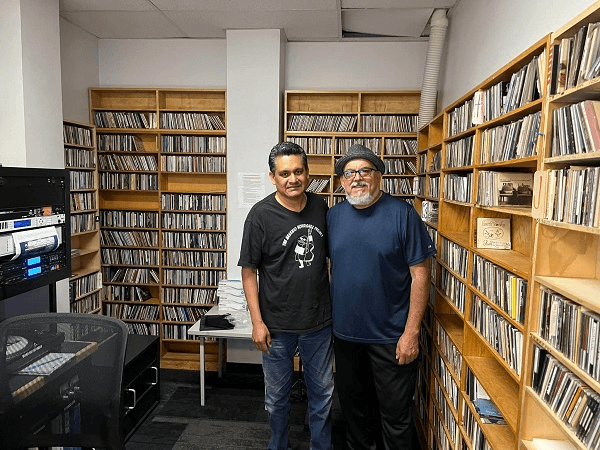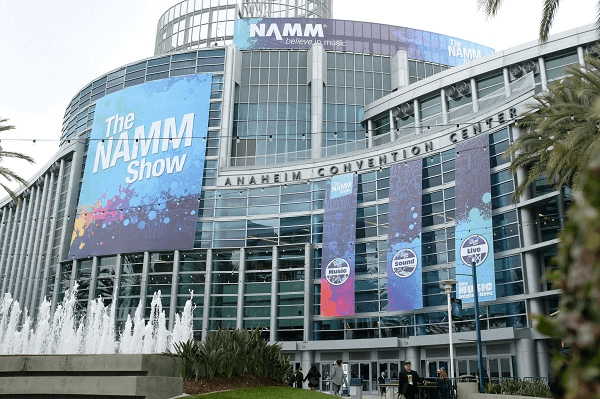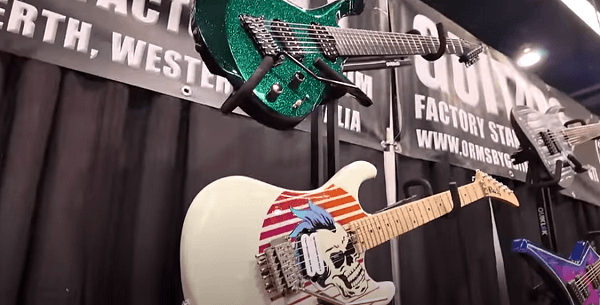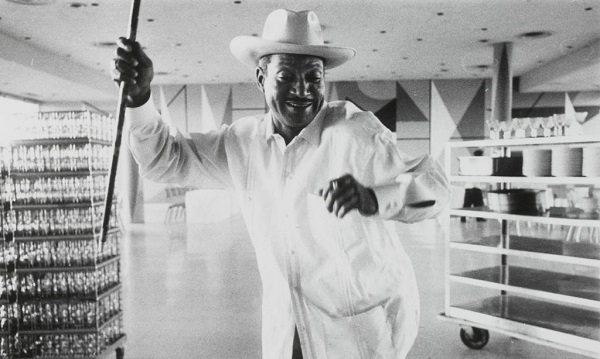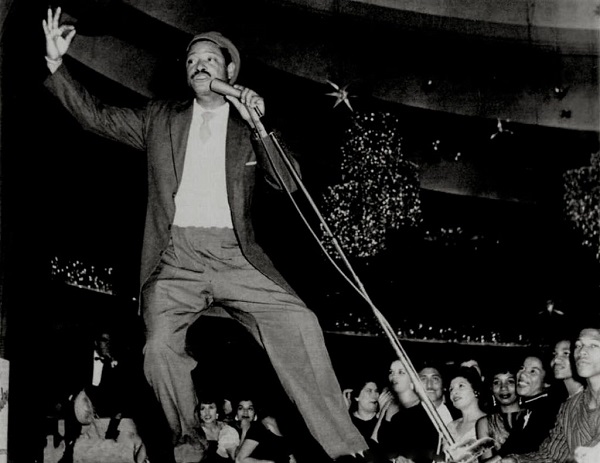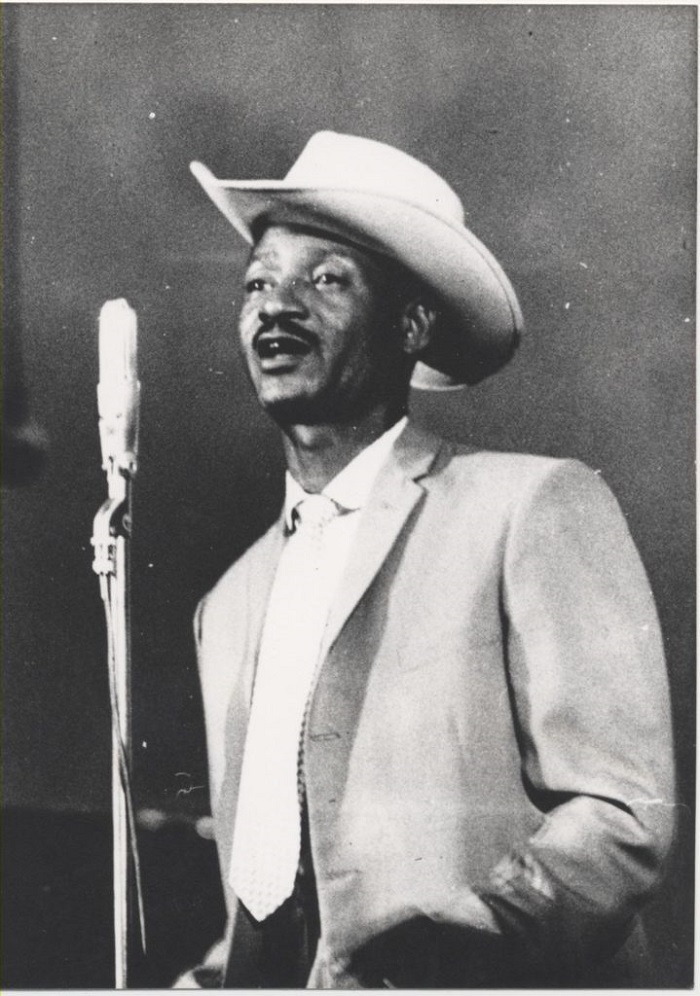West Coast – California – Oakland
Are you ready for 2019? Start January with the best of Latin Jazz in one of the most important and recognized genre clubs in Oakland- CA, Yoshi’s. Two musicians of world fame of Latin Jazz: Chuchito Valdés and Poncho Sánchez will be performing in this big place with the best of their repertoire for the enjoyment of all the attendees.
Now, you know…
YOU CAN’T MISS ANY OF THESE TWO AMAZING EVENTS!
Chuchito Valdés
Wednesday, January 2nd
Show: 8:00PM Tickets $24 – $59
Jesus “Chuchito” Valdés, Pianist, arranger, composer and bandleader, was born in October 10, 1964 in the Havana Cuba. Chuchito Valdes comes from one of the most distinguished musical families in Cuba. He is the Chucho Valdes’ son and Grandfather, Bebo Valdes.
He led the world renowned band, Irakere for several years, in which his father was the founder. He has performed at festivals, clubs and concerts throughout the world, mainly performing in the United States to large Latin Jazz audiences as well as South America and Europe.
Chuchito is recognized by a lot of people as a master at Cuban music including: Mambo, Danzón, Cuban Timba and “Guaguanco”. In his latest project called Reflections, he shows his versatility in his original compositions and arrangements, drawing on classical harmonic and structural techniques.
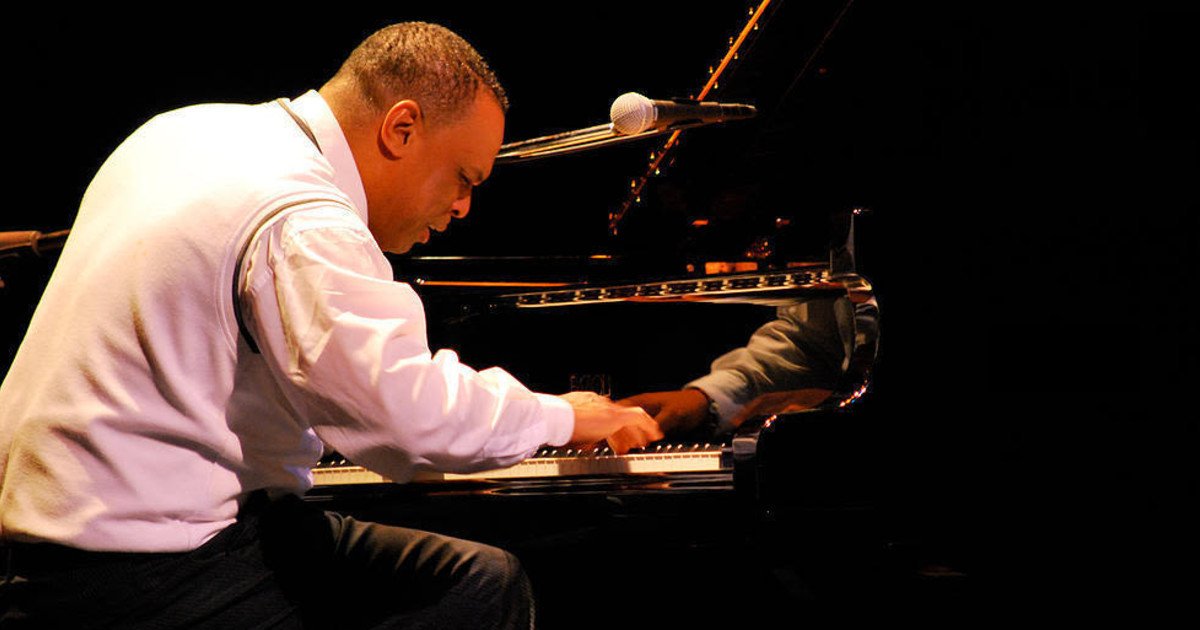
Poncho Sanchez | All Dates
Friday, January 25th & Saturday, January 26th
Fri, Shows: 8:00PM & 10:00PM Tickets $29 – $69
Sat, Shows: 7:30PM & 9:30PM Tickets $35 – $69
Poncho Sánchez was born in Laredo, Texas, in 1951 and grew up in a suburb of L.A., where he was raised on an unusual cross section of sounds that included: Straightahead Jazz, Latin Jazz and American Soul. He taught himself to play guitar, flute, drums and timbales, but eventually settled on the congas.
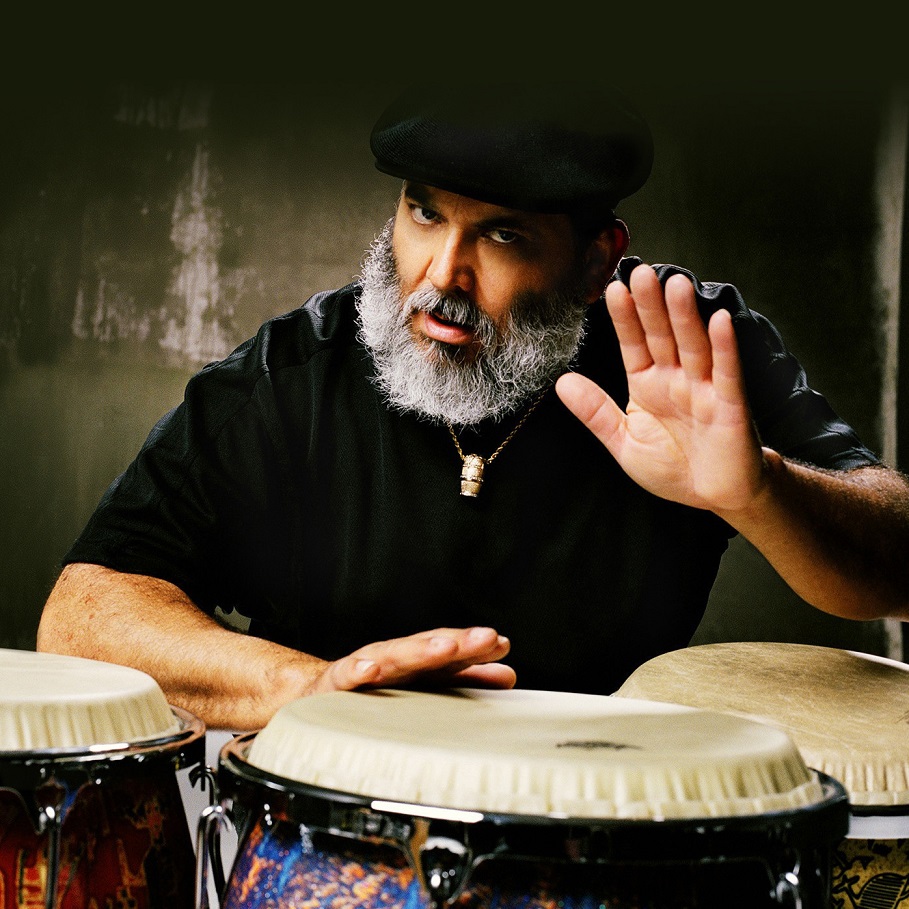
His sound is a mixture of different rhythms: Salsa, Straightahead Jazz, Latin Jazz, and even elements of Soul and Blues. “… We put it all together in a pot, boil it together and come out with a big stew… These are the sounds I grew up with. So when I play this music, I’m not telling a lie. I’m telling my story. This is the real thing.” Said Poncho.
Venue: 510 Embarcadero West, Oakland, CA 94607
Box Office: (510) 238-9200
For more information, please visit https://www.yoshis.com/
